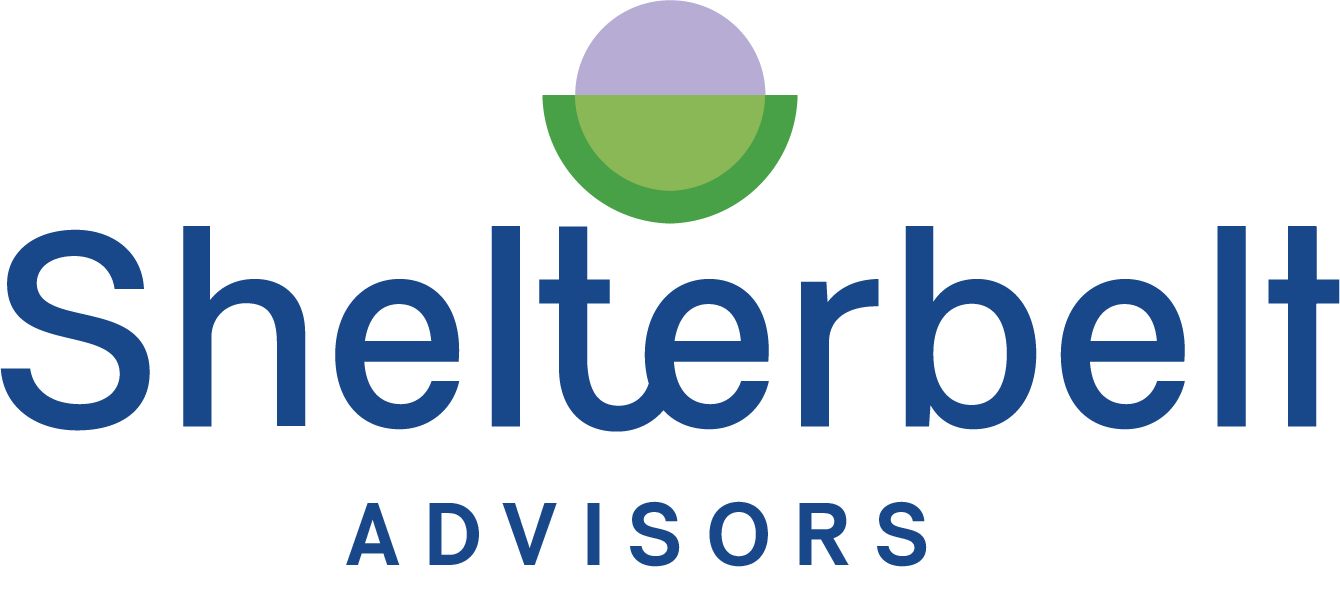Financial Planning For Farmers Is Different
What Financial Advisors Need to Know About Farmers
Financial advisors do good and important work for many families and business owners, but farming isn’t just another business. It’s deeply tied to land, community, and values in ways that standard financial advice doesn’t always capture.
The result? A gap—not because financial professionals lack expertise, but because they’re often grabbing the wrong end of the hay fork.
Here are eight things a financial advisor should consider when working with farm & food people.
1. The Asset Puzzle
Farmers have a lot of wealth tied up in their business — land, machinery, and livestock. These assets aren’t always easy to value, separate, or liquidate. Putting together a tax-efficient, long-term portfolio of investments needs to consider these farm assets as pieces of the puzzle.
2. Retirement Planning
Farmers are good at planning for a lot of things, but not for retirement. Retirement is less about financial independence and more about optionality — being able to choose on their own terms whether to sell, share, or just stay put & keep being useful and relevant to the land and the people they love.
3. Risk Resiliency
Financial advisors often focus on risk retention or risk transfer. Do I pay a premium or save up and pay out of pocket? For a lot of folks, neither option is within reach for things like disability or long-term care. A layered risk management approach combining financial security, operational planning, strong community ties, and personal health strategies can help ensure long-term resilience and farm continuity.
4. The Advisory Model
Most financial advisors charge based on assets under management (AUM), the amount a client has invested in the stock or bonds market. Farmers, with more money in barns than bonds, aren’t ideal clients. That leaves even high net worth farmers under-served.
5. Capital Flow
Farmers have a lot of cash running through their business, but it doesn’t always stay there very long. Capturing more of that flow — the short window of time between the farmer’s hands and the cow’s mouth — is crucial for building wealth long-term.
6. Revenue
Most financial planning projections works best with steady paychecks and regular savings rates. For farmers and most small businesses, money gets “lumpy” with uneven revenue across seasons and years. Farmers need flexible systems that adapt to their unpredictable income streams.
7. Taxes
Farming comes with unique tax credits and deductions, as well as its fair share of tax hazards and pitfalls. Many financial planners lack expertise in these areas, missing opportunities for farmers to reduce tax burdens. And accountants are financially sophisticated advisors, but there aren’t enough and they’re very busy!
8. Values
Purpose-driven business owners and folks working for a better food system just see the world a little differently. They share a language rooted in green thumbs, long tables, honorable harvests, and seven generations. It’s not that they dislike golf — just that it’s better played on a field after the hay is cut.
A Better Approach: Financial Planning That Works for Farmers and Food System Folks
The financial services industry offers valuable tools—but for farmers, those tools need to be adapted to fit the nature of their work.
At Shelterbelt Advisors, we embrace the principles of financial planning and we adapt them to the realities of farming. We work alongside farmers and purpose-driven entrepreneurs to create financial plans that support their business, protect against risks, and build long-term security.
To be effective, financial planning needs to be deeply personal — and you can’t know a person unless you know their people.
You’ve built something meaningful. Let’s make sure your finances help it thrive—reach out today.




